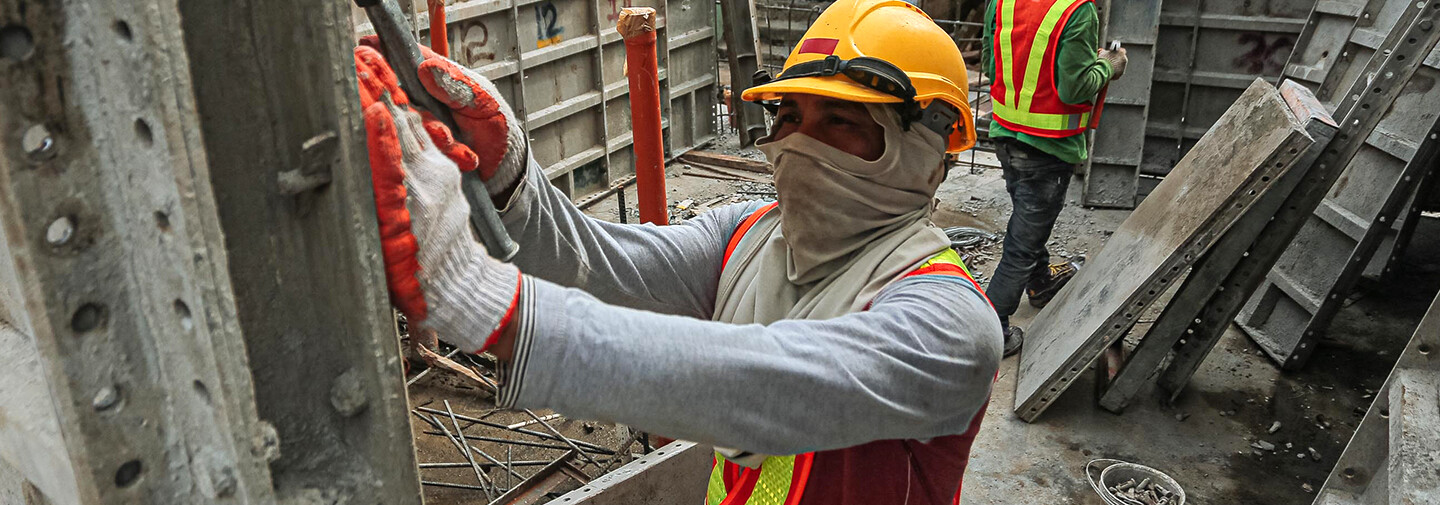It’s no surprise that compared to most other industries, workers in the Construction game, are at far greater risk of health challenges. And these health risks are not all as obvious as you might think…
In Australia, some of the government stats we’ve gathered, when presented together, look a little scary…. (and we’ve provide the sources below, so you can check them out yourself).
Construction workers, compared to other industries…..
Smoke more (in fact have the HIGHEST level of smokers)
Tend to consume alcohol at harmful levels
Have more obese or over-weight workers
Suffer fatigue regularly
Are prone to mental illness including depression and anxiety
Scary, right? Wait…there’s more:
Construction workers have higher blood pressure, and higher cholesterol levels
Due to the nature of the work, when fatigue is high, this affects the safe operation of machinery & equipment
Injuries, absenteeism and illness are massive. As a result, there’s more workers comp claims and skills shortages (which only exacerbates the issue)
They experience an accelerated decline of overall health due to the physical nature of the work
Hundreds of construction workers are injured onsite every year, many seriously, and most of these injuries could be prevented
There’s a multitude of reasons as to why Construction workers are in such a position of risk:
Being male-dominated, they’re less likely to have regular health check-ups, so declining health is a constant
Long hours directly contribute to the growing level of fatigue, putting not only the fatigued individual at risk, but also all of his colleagues. Also, workers that averaged three to four hours of overtime a day were around 1.5 to 2 times more likely to develop certain chronic diseases
Weather conditions don’t stop Construction workers (crazy, right?). In extreme weather conditions (actually, not even ‘extreme’ – just simply rain, for example) poses a greater chance of injury or accident
They tend to rise earlier than most workers, again a leading contributor to fatigue (and mental illness….read on)
There’s an unhealthy culture in Australia of pushing through or not addressing illness, as it’s seen as weak
The silent risk: mental health
A terribly destructive problem for workers, their colleagues and family
Suicide rates in Australia for young men are the highest of any age
Construction workers are 6 times more likely to die from suicide than from an accident at work
There’s a cultural issue in Australia. A blokey ‘get on with it’ mindset that’s only making the mental health crisis worse
Okay….enough of the scary stuff. How can you help to ensure your workers are as healthy, productive and effective as possible? Here’s some tips….
Establish an open culture in your business about the importance of personal health and wellbeing
Make it okay for workers to talk about potential or existing health challenges (mental and physical)
Make an effort through education programs to de-stigmatise all facets of mental health, normalise it so workers don’t feel self-conscious or at risk
Regularly educate staff about the merits of healthy eating: getting back to basics here is a great idea (eating junk food on a regular basis is an easy option for these workers, so showcasing the alternative way to eat is a great call – whilst ensuring your suggestions sound enticing!)
Advocating the ‘healthy body, healthy mind’ ethos, encouraging workers to stay fit & active outside of work is incredibly important
Create a safe working environment: sounds cliche, but ‘SAFETY FIRST’ is a great motto
Ensure individual take responsibility for their own safety first, whilst being mindful of the safety of others around them. This creates a culture of safety across the business
Encouraging good sleeping habits, and keeping them mindful of the power of sleep, and the risk when sleep is lacking
Educating your staff about the risks of extreme alcohol consumption. This is a tough one, as Australia’s alcohol culture is very present in Construction. So try not to go too hard or extreme in your messaging here. Keep it realistic, and use case study examples that get them thinking about their level of alcohol consumption
Getting off the smokes: there’s SO many avenues for your workers to try to reduce or quit the evil cigarettes. Again, be consistent in your messaging and use examples where possible. Provide information sources for your workers to access, so they can quit
Promote the concept of work-life balance to workers, keeping them mindful of the importance of maintaining balance across all areas of their life
So…as you can see, it’s a big issue. One that we’ll be delving into more over the next few weeks. And one that you need to be REALLY mindful of now….and always. More reading for you in the sources below.
Sources:
www.aib.org.au
www.worksafe.qld.gov.au
www.whitecardonline.com.au
https://www.safeworkaustralia.gov.au/
https://matesinconstruction.org.au/
https://dats.net.au



